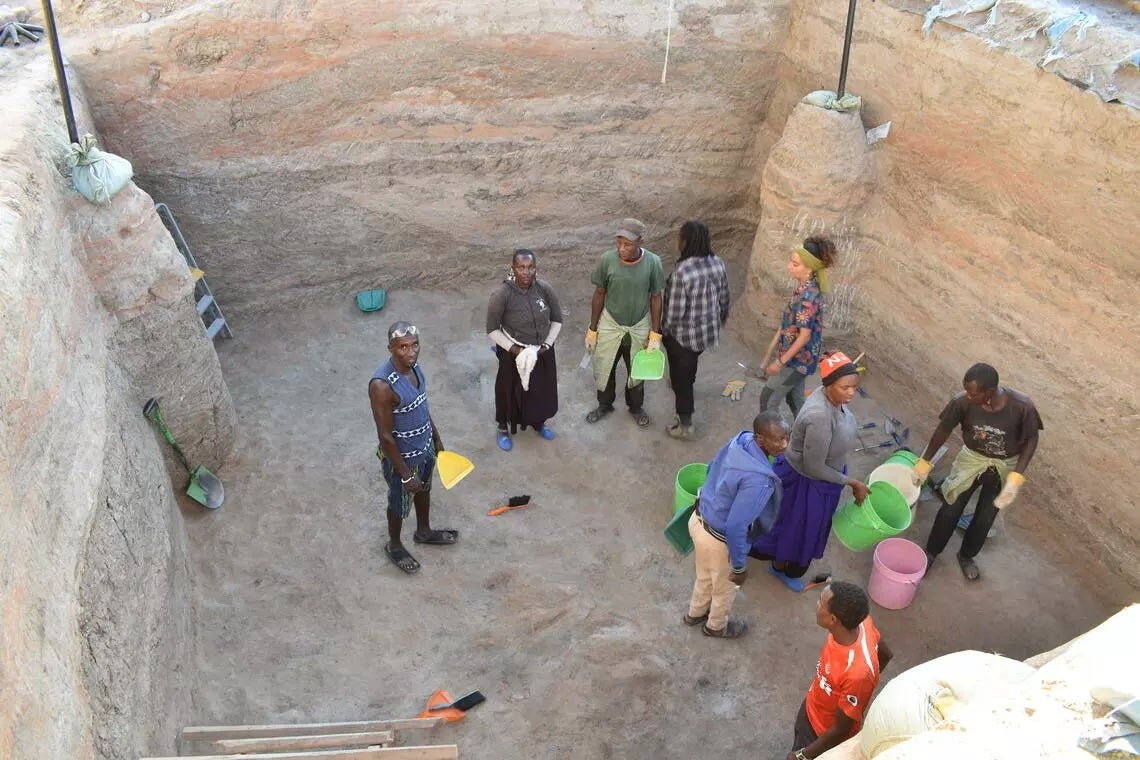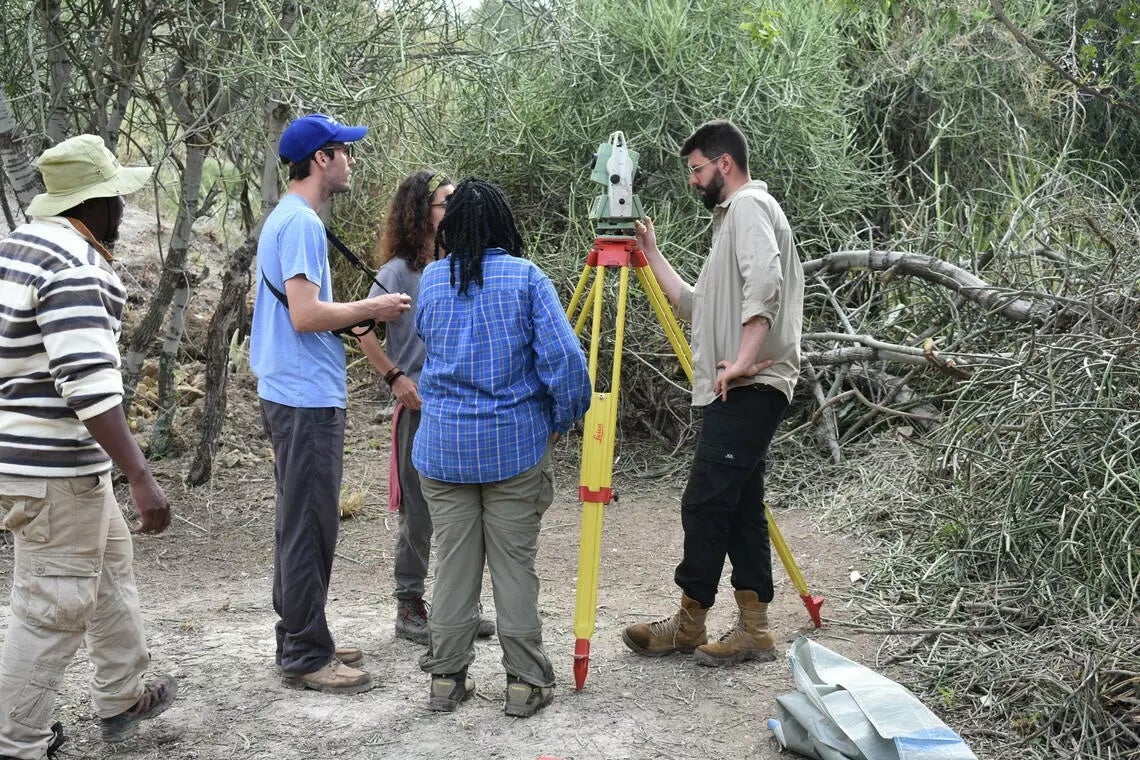Early humans adapted to harsh conditions over a million years ago, researchers find
Our early human ancestors had a much greater adaptability to survive in extreme environments than previously thought
A longstanding question about the history of humanity has been answered, researchers announced Thursday.
More than a million years ago, long before our species Homo sapiens emerged, early humans adapted to desert-like conditions.
The findings “change our understanding” of our ancient ancestors, known as Homo erectus, who were “more adaptable than we realized,” according to University of Calgary professor Dr. Jed Kaplan. Homo erectus are the first of our relatives to have human-like body proportions.
Kaplan was a co-author of the findings published Thursday in the journal Nature Communications Earth and Environment.
Previous research had concluded that only Homo sapiens were able to adapt to such environments, and there has been significant debate over when early hominins – the group consisting of modern humans and all our immediate ancestors – acquired the adaptability to survive in extreme environments.

To reveal how this group of hominins were able to thrive under such extreme weather conditions, the international group of authors worked at Olduvai Gorge, a UNESCO World Heritage site in Tanzania.
“By doing archeology, what we can see is that Homo erectus keeps coming back to the same place in the landscape over thousands of years,” University of Calgary professor Dr. Julio Mercader said. “It’s not a one-time camp.
“There is thickness to the accumulation of archeological remains and fossils that is telling us that a species was targeting a very specific point in the landscape to do what they came here to do,” he continued.
Data from their aracheological study revealed that Homo erectus had repeatedly returned to live in locations with freshwater resources, and developed special stone tools.
“These prominent ancestors were not just able to survive in every kind of environment from rainforest to desert, but also build boats and get across ocean straits and get to different islands,” Kaplan remarked.

Using their research, Kaplan was able to reconstruct past landscapes to simulate the East African region at the time. They found evidence for hominin activity under climate conditions that suggest really hot and dry periods.
The adaptability likely facilitated the expansion of Homo erectus into the arid regions of Africa and Eurasia, the study said.
Modern humans, 200,000 to 300,000 years ago, were really adaptable, spanning from the Arctic tundra to the Sahara desert.
Other things are still unknown about Homo erectus, like if they had a language. But, these findings, Kaplan said, help us better understand who we are.
“It is a contribution to a better understanding of our planet and humans’ role in it,” Kaplan remarked.
Join our commenting forum
Join thought-provoking conversations, follow other Independent readers and see their replies
Comments
Bookmark popover
Removed from bookmarks